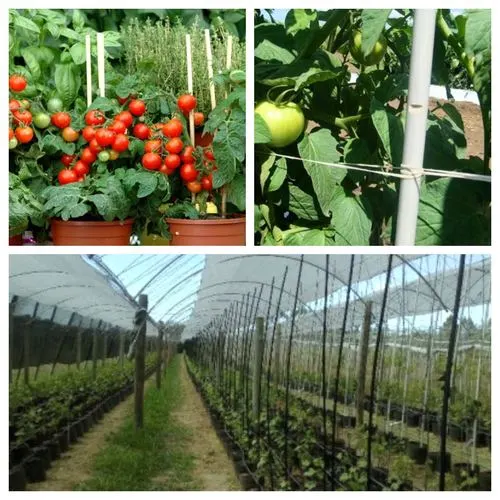Introduction:
Staking tomato plants is a crucial step in ensuring a healthy, productive garden. Not only does it keep your plants upright and tidy, but it also helps prevent disease and promotes better fruit production. In this comprehensive guide, we will cover everything you need to know about when and how to stake tomato plants. From understanding the benefits to mastering different staking techniques, you’ll be well-equipped to support your tomato plants effectively.

when and how to stake tomato plants
Why Stake Tomato Plants?
Tomato plants can grow tall and heavy with fruit, making them prone to falling over or breaking without proper support. Staking helps to:
- Prevent Disease: By keeping the plants off the ground, you reduce the risk of soil-borne diseases.
- Support Plant Growth: Proper support ensures that the plants can grow upwards, receiving better air circulation and sunlight.
- Increase Fruit Yield: Supported plants are less stressed and can focus their energy on producing more and larger fruits.
When to Stake Tomato Plants
Timing is critical when staking tomato plants. Ideally, you should stake your plants early in their growth, just after planting them in the garden. Look for the following signs:
- The plant has grown a few inches tall.
- The stem starts to bend under its own weight.
- It’s early in the growing season, usually within the first few weeks after planting.
How to Stake Tomato Plants
There are several methods to stake tomato plants, each with its own set of materials and steps:
- Single Stake Method:
- Materials Needed: Fiberglass Plant Stakes, soft ties or twine.
- Steps:
- Insert the fiberglass stake about 6 inches into the soil, a few inches away from the plant.
- Gently tie the plant to the stake using soft ties, securing it at intervals as it grows.
- Tomato Cages:
- Materials Needed: Metal or plastic tomato cages.
- Steps:
- Place the cage over the young plant, pressing it firmly into the soil.
- As the plant grows, guide the branches through the cage openings.
- Trellises:
- Materials Needed: Trellis netting or lattice, strong posts.
- Steps:
- Install the posts at both ends of the planting row.
- Attach the netting or lattice to the posts.
- Tie the plants to the trellis as they grow.
Tips for Successful Staking
- Regular Maintenance: Check the ties and supports regularly, adjusting as needed to prevent damage to the plant.
- Avoid Common Mistakes: Don’t tie the plants too tightly, as this can damage the stems. Use soft materials to avoid cutting into the plant.
- Best Practices: Stake your plants early and keep an eye on their growth to provide timely support.
Conclusion:
Staking tomato plants is an essential practice for any gardener aiming to achieve a healthy and productive tomato crop. By understanding the importance of staking, knowing the right time to stake, and mastering various staking methods, you can ensure your tomato plants thrive. Give these techniques a try and enjoy a bountiful harvest. Feel free to share your experiences or ask questions in the comments below – happy gardening!
 info@unicomposite.com
info@unicomposite.com


























